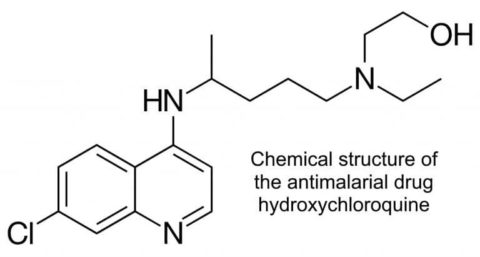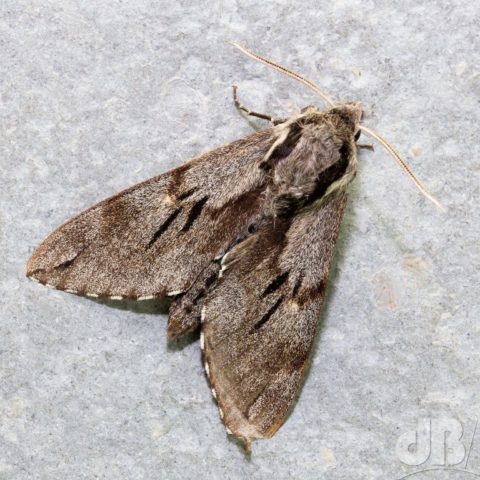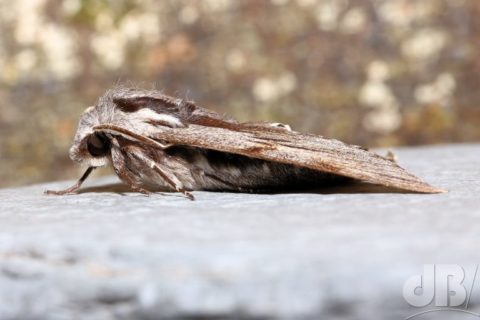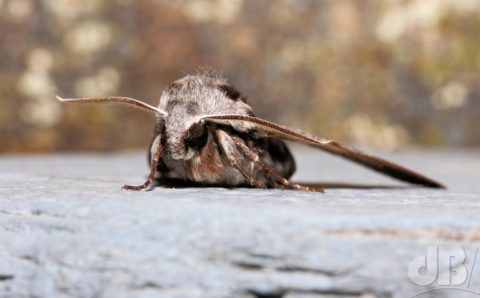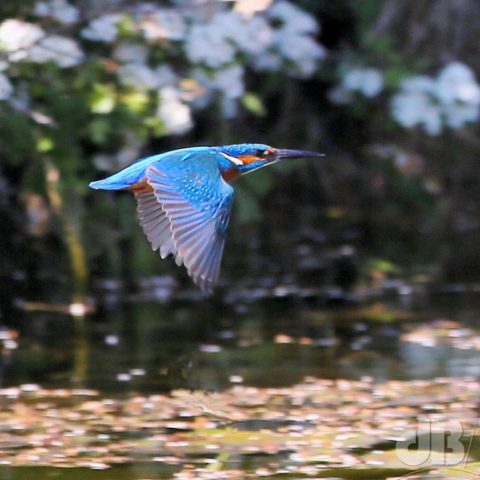I live-tweeted a fascinating and perhaps rather depressing meeting with William Haseltine via a Reuters Newsmaker Broadcast. His talk was upbeat but the message does not offer a positive outlook unless we can collaborate internationally to identify, trace, and isolate and go back to early antivirals to treat people urgently. A vaccine will probably never be found, we must stay on top of this virus when we get communities under control. Moreover, we must recognise that another emergent pathogen could appear any time.
These are essentially my notes from Haseltines’s talk.
Might we ever achieve herd immunity?
There is no herd immunity. It doesn’t exist for any other coronaviruses, it is unlikely this one will be an exception. Sweden is a bad example of controlling this pandemic because they chased herd immunity.
Don’t assume because you’ve been infected you are immune, even if you had an antibody response. This virus doesn’t have to change to re-infect, probably because it gets in through respiratory mucus membranes, this means a vaccine may never protect as they don’t protect such membranes. Vaccines work in the blood.
Remember, as long as one person in the world is infected, we’re all at risk. This pandemic started with one person, after all.
The US has to collaborate with China. We’re one world, we need a one-world solution. We’re not in a race, this isn’t a competition, we’re one species. We have to work together against this virus.
If not a vaccine, then treatments?
Monoclonal antibody infusions may be the first line of therapy to work and then possibly small-molecule antiviral drugs. We may never have a vaccine. Do not count on the possibility of a vaccine. See also HIV. The SARS and MERS vaccines didn’t work…but we can control it by identifying infection, tracing people, and isolating them (controlled quarantine with healthcare). This has worked in Beijing and even Wuhan.
Don’t even need to test. If you’ve been in contact – isolate!
Opening up is possible but needs full contact tracing and quarantine and immediate lockdown if there’s an outbreak. We have to look at this as a long-term approach: identifying those infected, isolating them, tracing their contacts, and putting placing them all in quarantine. Summarily.
Monoclonal antibodies are expensive and will need blends of 2-3 to overcome viral mutations. Chemical therapies [pharmaceuticals] will be cheaper and easier…when we can identify the compounds that work. But will companies make them affordable?
What about Trump’s claims to be taking a drug for this disease?
Hydroxychloroquine doesn’t prevent or treat the disease and if you have heart problems it can kill you. Trump’s probably not taking it and he’s saying he is for purely political reasons to encourage people back to work in time for the presidential election. Science denialists and antivaxxers are a big problem.
This virus is transmitted all summer long but will peak in the winter as do some other viruses. We don’t know why. Some viruses like rhinoviruses and polio peak in the summer. [Incidentally, polio is airborne, facemasks would have prevented its spread rather than avoiding swimming].
There’s a Covid-19 spike in Mumbai where it is hot and humid, right now. When the winter flu comes around again will it overload our hospitals when beds are still needed for Covid patients
Did we learn nothing from earlier epidemics, such as AIDS, SARS, MERS?
The scientific and medical community learned a lot…that might all be applied to the current virus. But in some cities 70% of 15-25 females are still infected with HIV. Some parts of the world learned from SARS etc, but did we? We’re part of nature, we can’t control it. Viruses are part of nature. We knew this was coming, it was predicted, but we have to prepare for the next one, this is not the last. Devastation to lives, economies, opportunities. We have to prep ourselves.
We need to strengthen education so people understand science and technology for the next time…strengthen our healthcare systems, overcome the science denialism.
Also, learn from Singapore and don’t neglect neglected communities such as migrant workers [and ethnic minorities] they need to be protected too!
What are the wider impacts?
National debts are going to be 5-10 times bigger than they were at the start of the pandemic, this means more taxes, this means limited opportunities for investment and for young people, for everyone…
As an e.g. of that Jeremy Corbyn’s “debt” plans if he’d got 5 years as British Prime Minister have already been exceeded massively in the UK by the government that beat him.
Might we find anti-viral drugs?
There are half a dozen antivirals that were developed for SARS that might work against Covid, but they were never stockpiled so we don’t have them to use right now. We have stockpiles of anti-anthrax drugs and treatments for bioweapons. We could’ve stockpiled against this natural terrorist.
We need to use all the scientific tools we have to defend ourselves against all the future threats too…governments are there to protect us, but they’re not doing that…they should be not just bioterrorism but natural terrorism.
We’re learning things all the time about how someone might seem to have recovered but then suffer effects weeks later, we need to understand why. At the beginning of the crisis, 90% of people on ventilators died, but then they spotted blood clots were killing so now using anticoagulants and that has fallen to 30%..
School’s out forever?
The rules of this coronavirus are not any different from common cold transmission…this is essentially a lethal cold virus…you catch colds easily from children [See also polio]. Multiple-organ effects can kill children. This is not a simple pneumonia.
What about travel and holidays?
It’s going to be a long, long time before we get back to travelling the world…especially for Americans…the rest of the world doesn’t want them coming to their countries.
Could the virus have started somewhere other than the Wuhan market?
Yes. Easily. Someone could’ve turned up infected and entered the market. But the viruses are coming along all the time from animals. It’s very, very unlikely that it came from a lab. [It didn’t, in other words].
Footnote
Dr William Haseltine is a scientist, businessman, and philanthropist. He is well-known as a pioneer in the fight against HIV/AIDS and cancer. He was in conversation with Reuters Global Managing Editor Alessandra Galloni on 20th May 2020, with additional questions from invited representatives of the media.
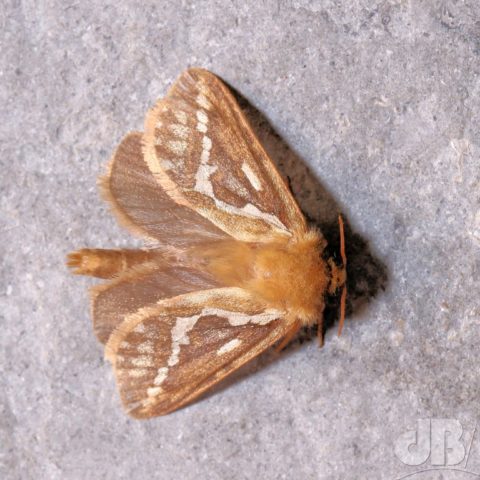
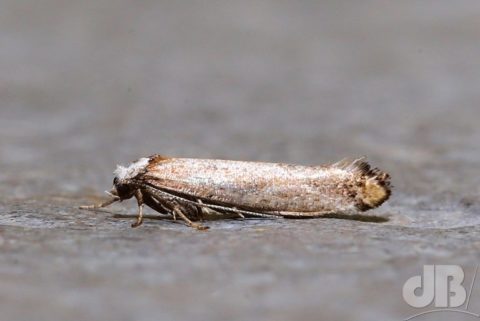
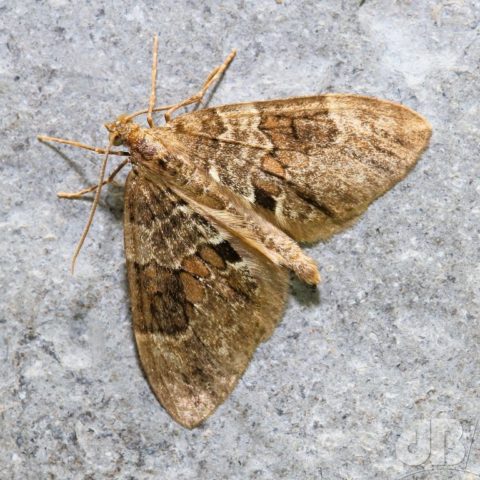

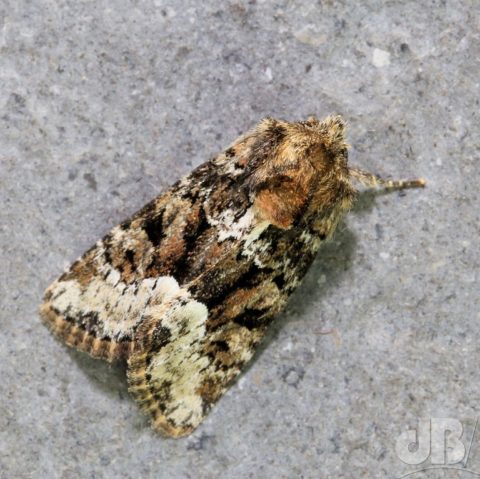

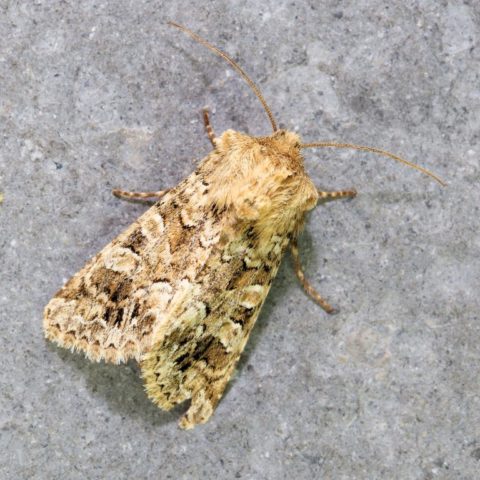

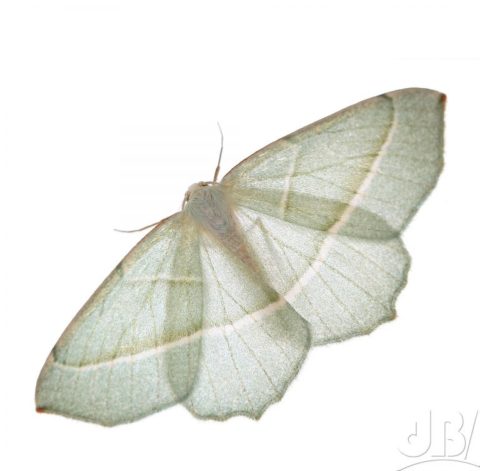
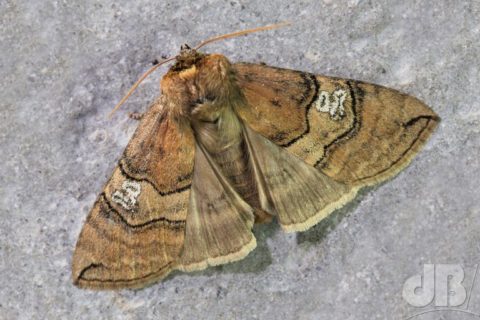
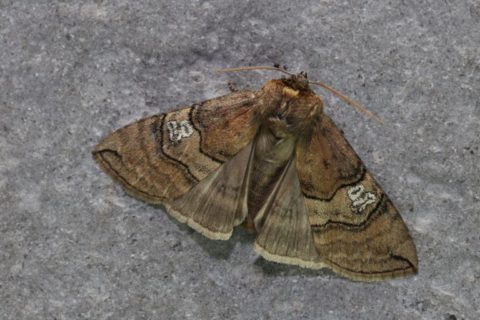
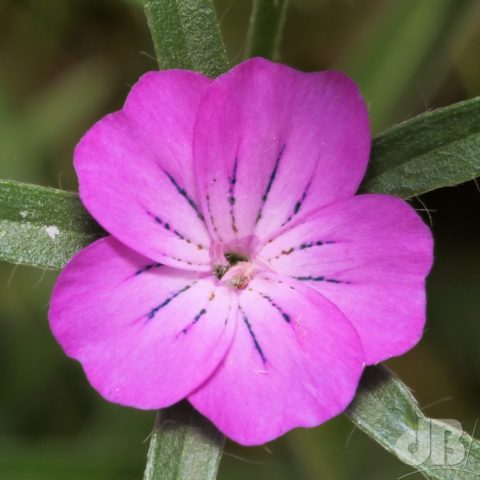
 This wildflower species, Agrostemma githago, was thought to be extinct in the British Isles until a specimen was spotted in Sunderland of all places by a National Trust assistant ranger in 2014.
This wildflower species, Agrostemma githago, was thought to be extinct in the British Isles until a specimen was spotted in Sunderland of all places by a National Trust assistant ranger in 2014.


